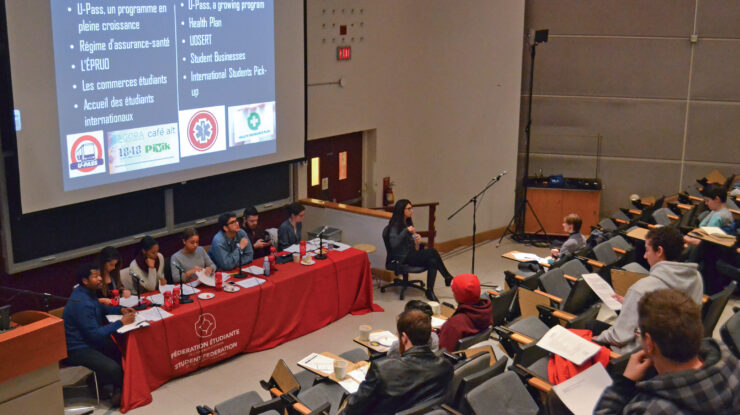Solid report on use, disposal of numbers, metadata is a must
Recently, the Ontario Provincial Police (OPP) used a mass text campaign to help them solve a year-old murder. While detective-superintendent Dave Truax with the OPP criminal investigation unit says that the move has helped propel the case forward, privacy experts like technology lawyer David Fraser are raising concerns.
The process is simple: police obtained a court order from a cell tower near the victim’s last known location, and texted 7,500 people whose phones contacted that cell tower. One could argue the process isn’t that different from knocking on doors and stopping people on the street in the vicinity of a crime scene. However, there is one significant difference, and it’s the reason the police needed a court order to access the numbers.
Today’s mobile devices aren’t just phone numbers, they’re often tied to people’s’ online identities and they showcase important metadata that tells the police where you’ve been, and who you’ve been talking to.
Another concern is that refusal to cooperate with police could be seen as a presumption of guilt. If you have nothing to hide, why not answer? The OPP insists that answering the texts is completely voluntary, but it could still become a problem if this technique of mass texting becomes more prevalent.
Of course, it’s important to note that technology is rapidly advancing, and that this phenomenon can have an effect on police work, especially in a world where crimes involving technology are becoming a larger and larger threat. However, it’s also important to protect civil liberties, especially when it comes to mass data collection on citizens who are not accused of any crimes.
Another issue with mass data collection is that Canada has already signaled that there are issues with the process. After legal concerns were raised by the government, the Canadian Security Intelligence Service (CSIS) announced that it has halted its bulk collection of data, at least for now.
Obviously, a single OPP investigation pales in comparison to the troves of data held by CSIS, but that doesn’t mean there aren’t similarities, especially if the OPP expands its use of bulk gathering phone numbers.
The benefit to using this technique in a smaller situation is that it can provide an effective test case. A main issue flagged by Fraser is that we don’t know how the information is being used, stored, and whether any metadata is obtained. But on a smaller scale this method can be studied, and a report should be presented to the public on exactly how the data was used, stored, and disposed of, and whether or not it was used in any contexts beyond this investigation.
Another thing to study is whether or not use of mass data is actually effective.
If it is an effective tool that can be proven not to violate civil liberties, then there shouldn’t be a problem. However, the government must be very stringent in examining how the techniques are used, and more data about the practice must be made available to inform public discussion.
While meticulous government reports aren’t the sexiest solution, it’s still important to give all parties the relevant information before a real debate can take place.





